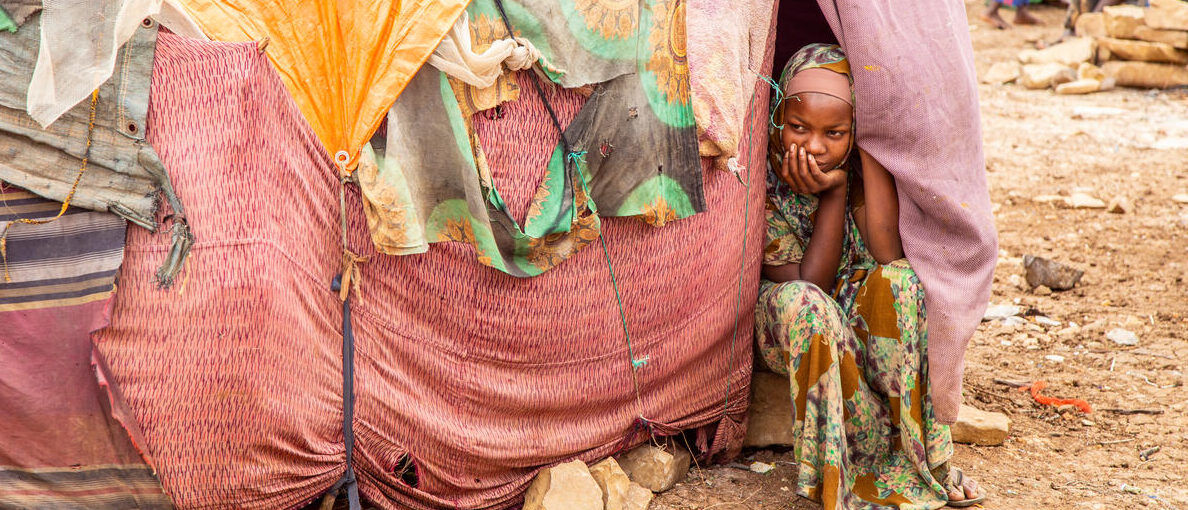One of the greatest burdens of being a humanitarian is watching children on the edge of starvation suffer, then realizing their hunger will worsen before enough help arrives.
This is the reality facing millions of children in southern Somalia. At least 7 million people are experiencing severe food insecurity, and 213,000 people are one step away from famine.
Widespread hunger — largely driven by the country’s worst drought in 40 years, and exacerbated by rising food costs — has displaced more than 918,000 people. With no choice but to relocate, they’ve often walked for days or weeks. Because their communities are remote, help wouldn’t have been able to reach them if they’d stayed behind.
I’ve met several of these displaced families in Dolow District, located in the southwestern Gedo region. Kin, a mother of six, traveled in vehicles with her family for nearly 700 miles to escape drought and hunger in northern Somalia. She’s now staying with her children in a tiny shelter made of old clothes, plastic bags, and dry sticks. Three of her children are living with disabilities, including two who have difficulties walking.
Like most of the 18,000 others staying in this makeshift camp, Kin lost all her livestock to the drought and came here with the hope of receiving humanitarian assistance to survive. She also had to leave loved ones behind. I cannot even begin to imagine how difficult her journey must have been.
Some children awaiting aid won’t live to see help arrive. The United Nations has warned that nearly 400,000 Somali children under 5 are likely to be severely malnourished by the end of the year.
The desperate situation of food insecurity forces parents to consider drastic measures just to survive the year: pulling their children from school so that they can work or preparing young girls for marriage to secure a dowry. Even then, these families can often afford only one basic meal a day.
Now, families like Kin’s that are surviving on humanitarian aid still miss meals, sometimes for days, or have to beg their neighbors for food. That’s how the families I met celebrated the Eid al-Adha holidays in early July.
Everyone in Kin’s camp relies on a single water tank that is filled twice a day thanks to World Vision. This support is a lifeline. In camps that don’t have access to clean water, our frontline staff are witnessing a surge in waterborne diseases, such as diarrhea, dysentery, and cholera.
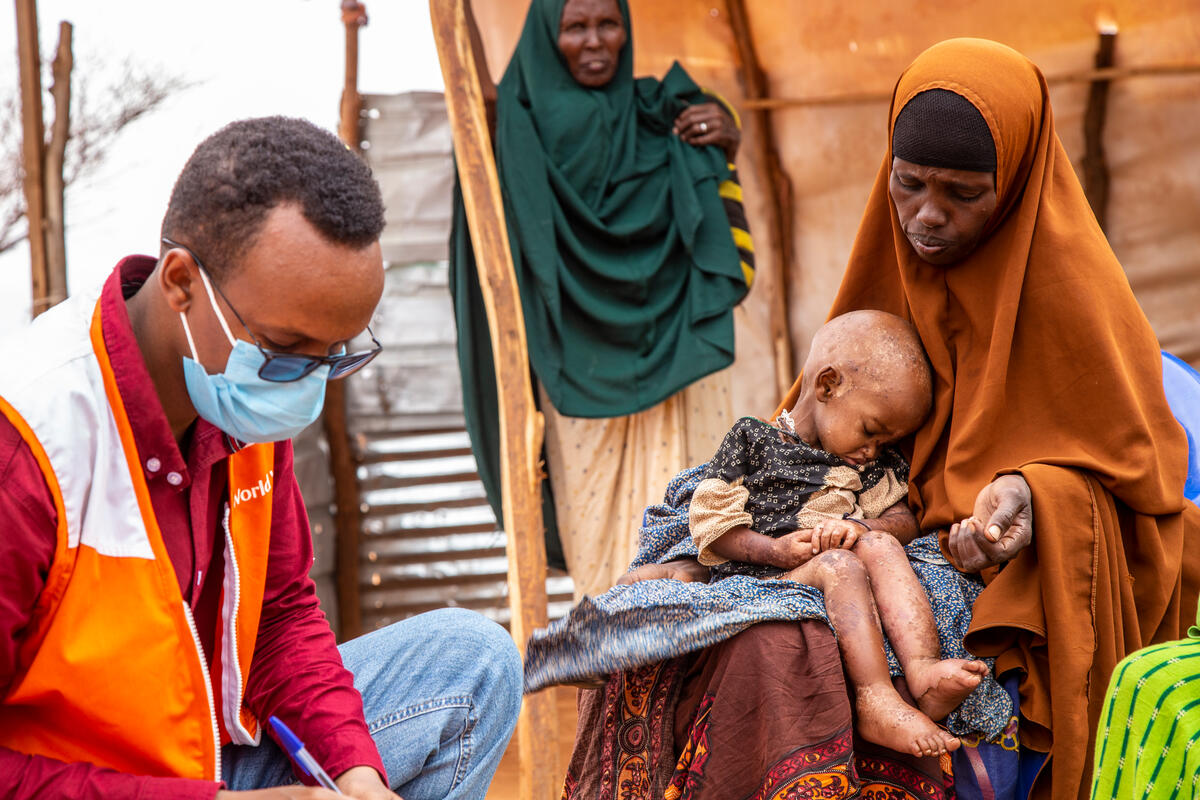
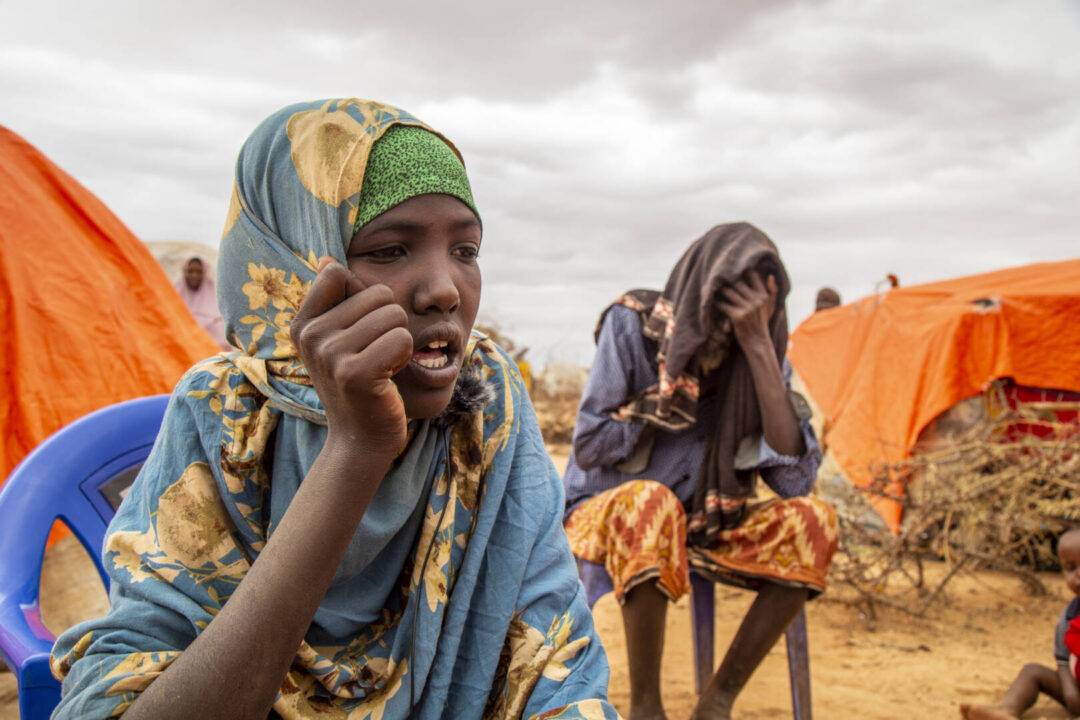
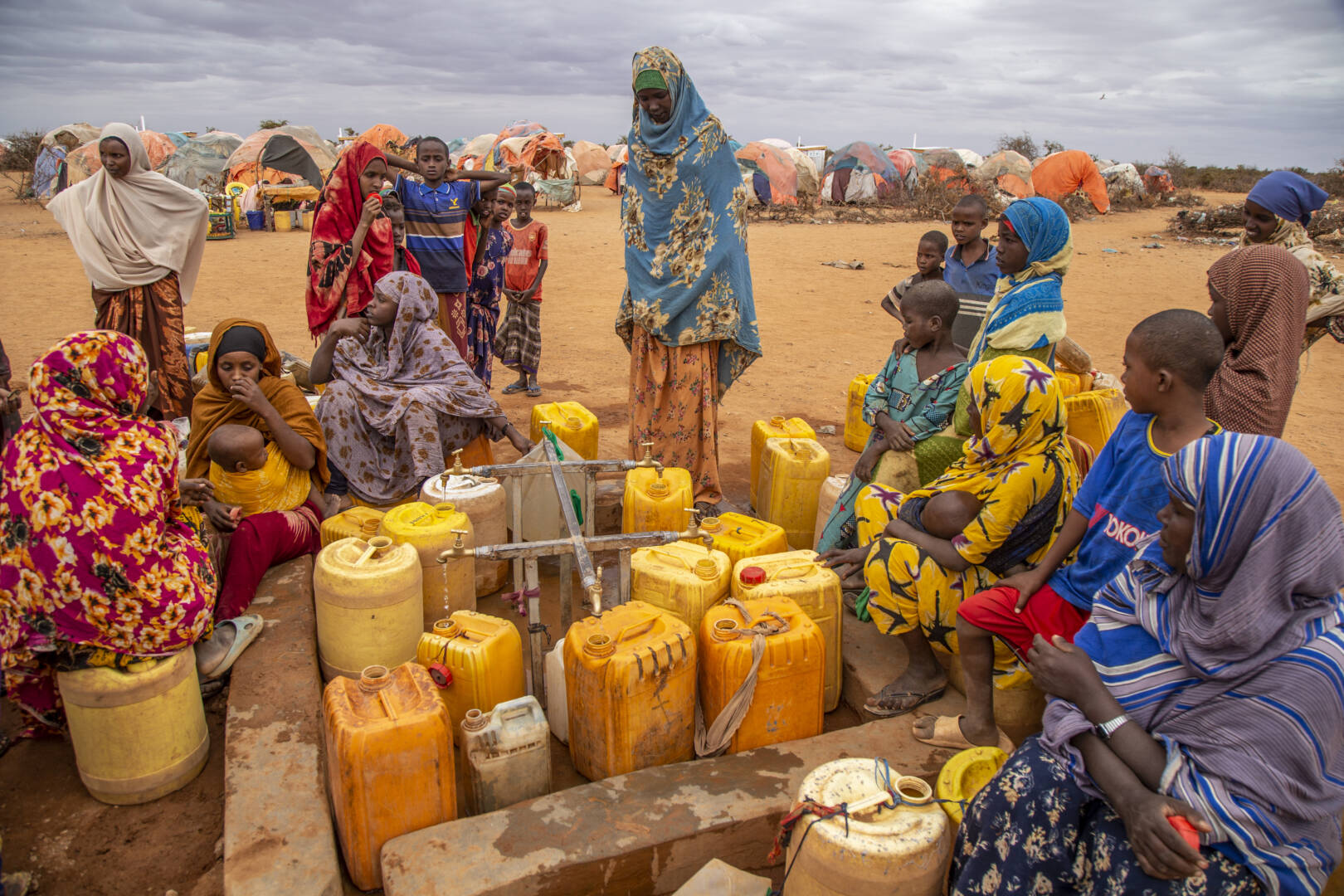
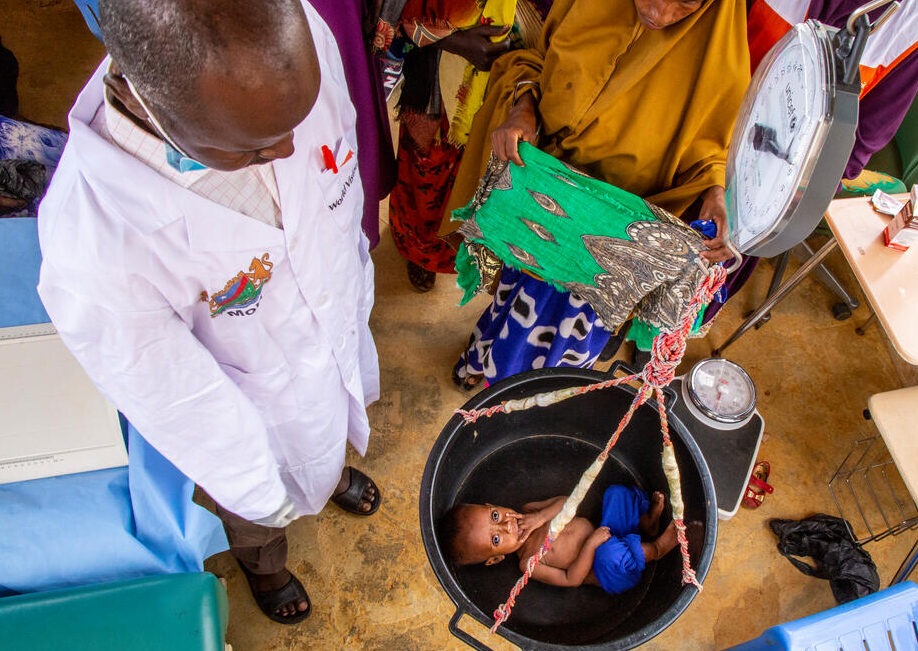
The scale of need and suffering is beyond anything I’ve seen. A district commissioner told me this drought is far worse than the one Somalia experienced in 2011, when 250,000 people, half of which were children, died of hunger.
9 pounds when her mother brought her
to a World Vision–operated nutrition
clinic in Baidoa, Somalia. Upon screening,
she was shown to be severely malnourished
and was given ready-to-use therapeutic food.
(©2022 World Vision/photo by Gwayi Patrick)
Hamdi started on the road to recovery.
By the time of her follow up visit,
baby Hamdi’s health was steadily improving,
and she had gained nearly three
pounds in one month. Three servings
a day of ready-to-use-therapeutic food for
eight weeks can save the life of a starving child.
(©2022 World Vision/photo by Gwayi Patrick)
Amid the despair, I have not lost hope.
Aid agencies like World Vision are present where needs are greatest, doing everything possible to help alleviate food insecurity suffering. World Vision is providing food vouchers and cash to 38,000 displaced families in Somalia every month, in partnership with the World Food Programme. This helps cushion children and their families from the negative effects of the drought. But the fact is, we urgently need funding as we seek to nearly double the number of people who receive this critical support.
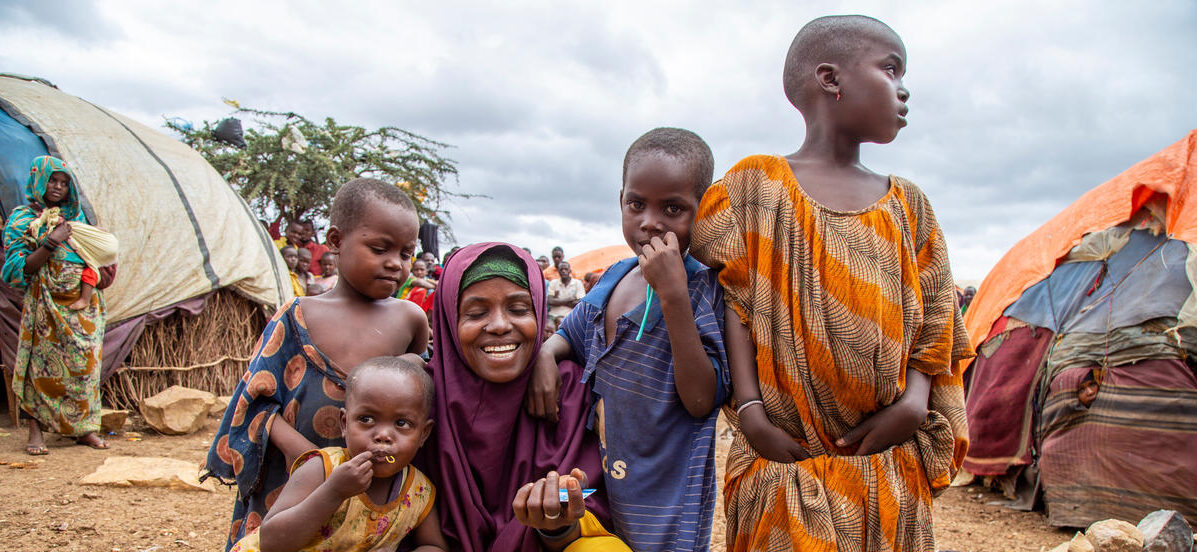
I’ve met Somali children who are determined to build a better future for themselves and their country. They’re the change we’ve been waiting for, but drought and hunger threaten to erode their dreams. Let’s come alongside these children before it’s too late.
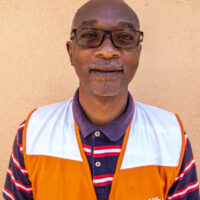
Tobias Oloo served as operations director for World Vision in Somalia.
